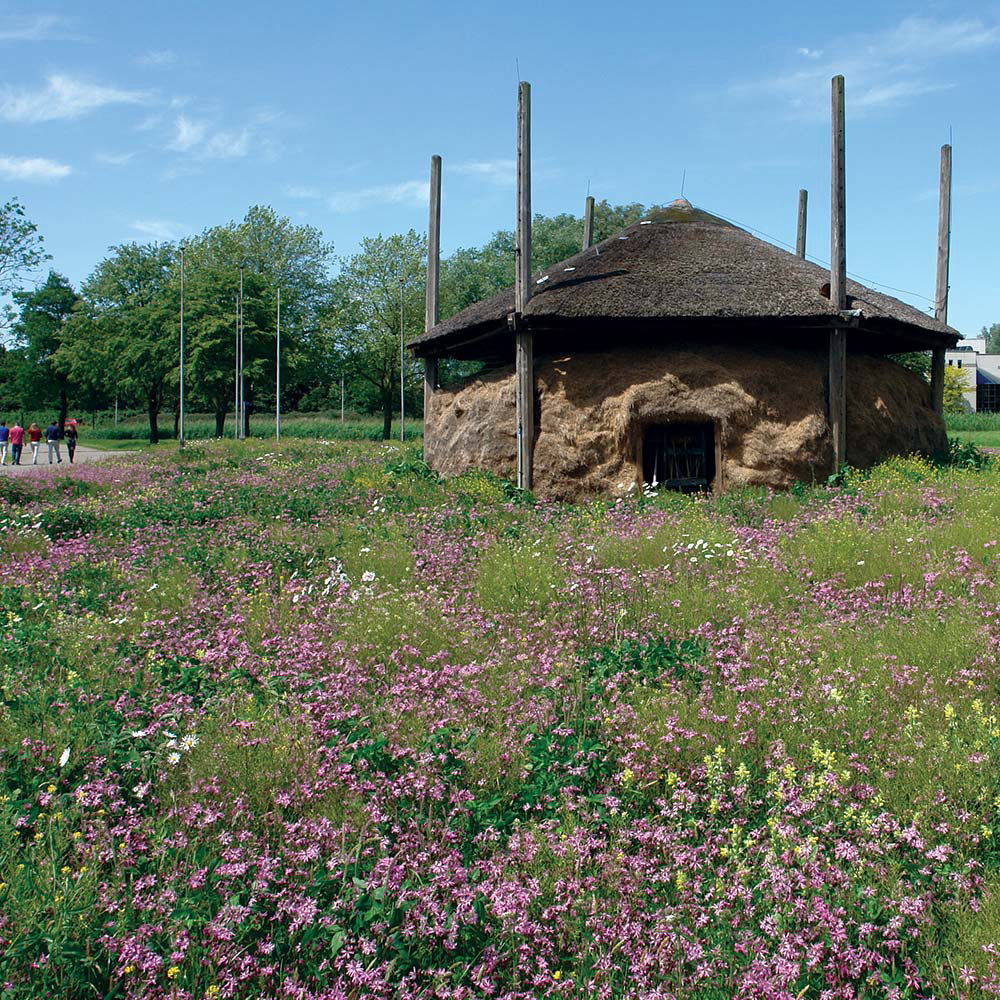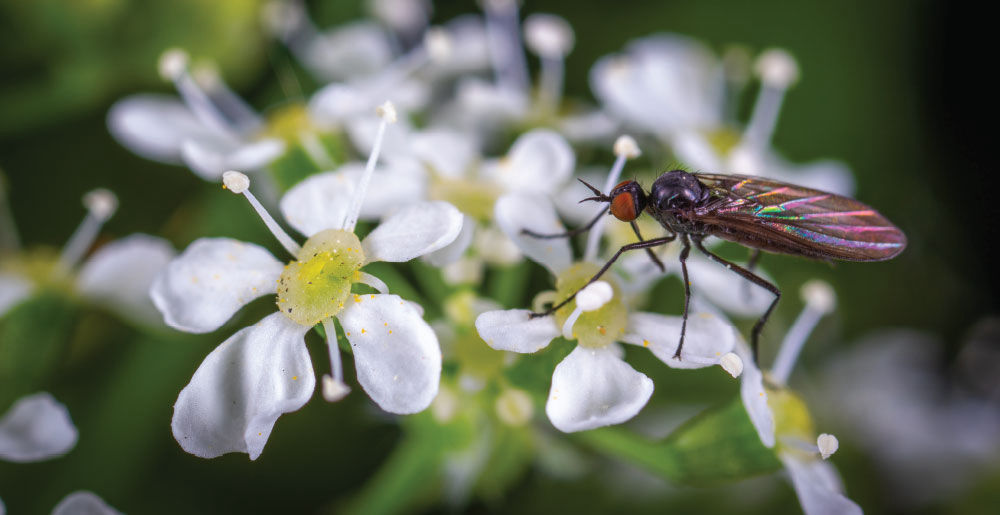
Heineken Zoeterwoude (photo: Fabrice Ottburg)
What can businesses do?
Alarming decrease in wild pollinators, many species endangered
Our wild pollinating insect populations (wild bees, hoverflies, and butterflies) are in distress. There are around 20,000 different species of wild bees worldwide, of which around 2000 species live in Europe! A global study by IPBES from 2016 showed that wild pollinators have declined in occurrence and diversity at local and regional scales in North West Europe and North America. In Europe for example, 9 per cent of the bee and butterfly species are endangered and 37 per cent of the bee populations and 31 per cent of the butterfly populations are declining.
Many people take initiatives to help these insects but local measures are not enough. Cohesive regional measures are vital to creating a so-called bee landscape – an area where many wild pollinator species can find sustainable habitats.
Businesses can contribute significantly to such a bee landscape, for example by adding flower borders on and around their premises.
Download a brochure to use this information offline: What can businesses do? (A4, pdf, 3.2 MB)


Share this on